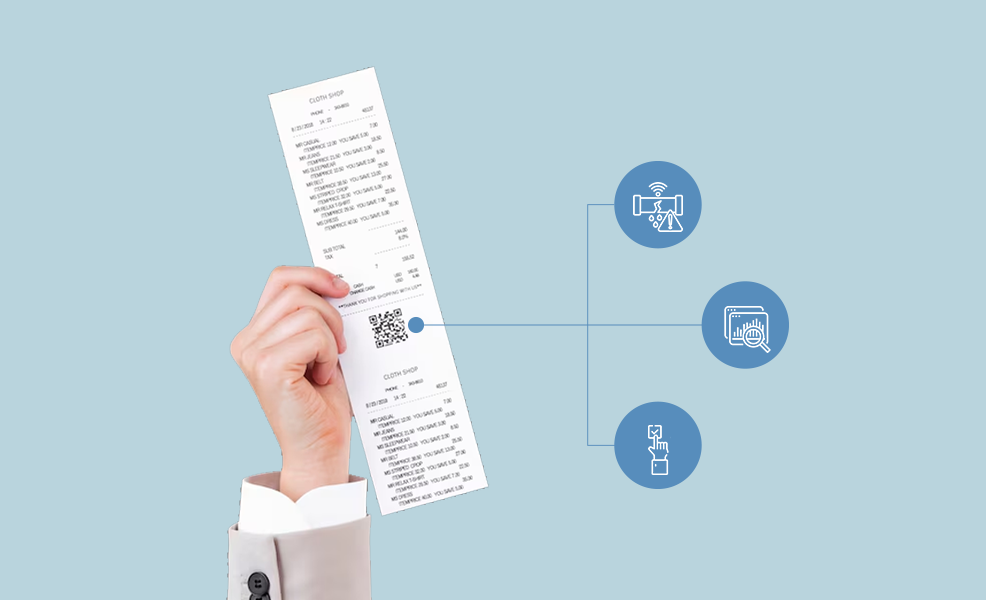To date, water conservation in the built environment has centered around monitoring water use through manual inspection by maintenance teams, tenant or hotel guest reporting, manual collection of water bills and “water surveys,” as well as implementation of technologies to reduce water usage. Many acknowledge, however, that more work is to be done. Developing a deeper understanding of water consumption and its unnoticed costs will help to identify further areas for improvement.
The big challenge, however, is that collection of water data is difficult, time consuming, and not very timely. But advances in IoT and machine learning have yielded a new and massive opportunity to deliver access to real time water use data. Access to real time water use data opens up new doors for value creation from water conservation activities:
Most leaks remain unnoticed until the bill arrives. Real time detection catches slow leaks before you have to pay for them.
Leak Detection
Up to 15% of your water bill may be from “every day leaks.”1There are a number of studies that put water loss from leaks into the 10-15% range: http://www.ecobuildingpulse.com/news/epa-releases-new-water-data_o; https://www3.epa.gov/watersense/pubs/fixleak.html; https://www.gov.ca.gov/docs/4.1.15_Executive_Order.pdf For example, a leaky toilet can waste more than 185 gallons of water every day. That is equivalent to daily consumption of a household. Most leaks remain unnoticed until the the bill arrives. Faulty plumbing and leaking pipes, sudden pipe bursts due to age, and changes in environmental factors are the second largest contributors to water waste worldwide. Real time leak detection systems save money by catching slow leaks before you have to pay for them.
Expected Damage Reduction
Businesses typically see more foot traffic than residential properties. Things like toiletry, plumbing, and the HVAC system are used more heavily. This frequent usage makes them wear out quicker, so they’re more susceptible to malfunctions that can lead to water damage. According to The Hartford, water damage ranked as the second-most-common commercial claim type and earned the number-eight spot for most expensive, with an average claim cost of $17,000.2https://newsroom.thehartford.com/newsroom-home/news-releases/news-releases-details/2015/The-Hartford-Reports-More-Than-40-Percent-Of-Small-Businesses-Will-Experience-A-Claim-In-The-Next-10-Years/default.aspx Quick action, enabled by real time alerts, reduces water damage that is likely to occur.
Burst pipes is among the most common causes of commercial water damage. Real time alerts help reduce water damage that is likely to occur.
Better data collection and analysis means a complete picture of water savings potential, as well as the true impact of previous efforts.
Fact-Based Decisions
One needs dependable data to make the best decisions. Real time water measurement gathers accurate and event driven data. Benchmarking is just one example of the power of better water measurement. For example, when a manager sees their location’s water use compared to other locations, they can see where they rank. Better data and analysis means a complete picture of water-savings potential, as well as the true impact of previous efforts. This means a more effective and efficient use of dollars set aside for water conservation.
- 1There are a number of studies that put water loss from leaks into the 10-15% range: http://www.ecobuildingpulse.com/news/epa-releases-new-water-data_o; https://www3.epa.gov/watersense/pubs/fixleak.html; https://www.gov.ca.gov/docs/4.1.15_Executive_Order.pdf
- 2

